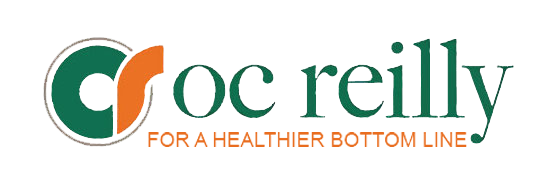OC Reilly Blog: Supply Chain Lessons Also Apply to Schools
By Ray Staudt, Executive Director-Business Development, OC Reilly Inc.
Wise educators know they can always learn something new. In today’s world of funding shortfalls and tightening budgets, a key lesson comes from the world of supply chain management.
Even though states provide the primary funding sources for public schools, the amount of money that they are giving currently is on the decline. In the 2013-14 school year, 35 states provided less money per student to their public schools than they did prior to the 2007-09 recession, according to the Center on Budget and Policy Priorities.
In an effort to balance funding cuts, some states allocate more money to districts that have the highest need. This includes low-income districts that don’t have the ability to generate their own funds from private sources or through property taxes. In lieu of an adequate funding source, public schools feel compelled to cut their budgets as the only remaining option.
That’s just the reality of public education in the U.S. in 2014. But it’s vital to recognize and act upon a readily available option to help offset – or at least lessen the negative impact of – funding limits. And that’s more effective supply chain management.
Do school districts know whether the contracts they have for food service, equipment, IT support, transportation, and other major areas are truly working to their advantage? What about the contract terms of support staff, janitorial services, even substitute teachers? So many areas can benefit from greater efficiency, but only if districts utilize the expert consulting power capable of identifying them and improving them.
The goal of solid supply chain management is not to take resources away from public school districts already feeling the pinch. The goal, instead, is to make sure districts, administrators, faculty, and students get the most value for every dollar spent.
